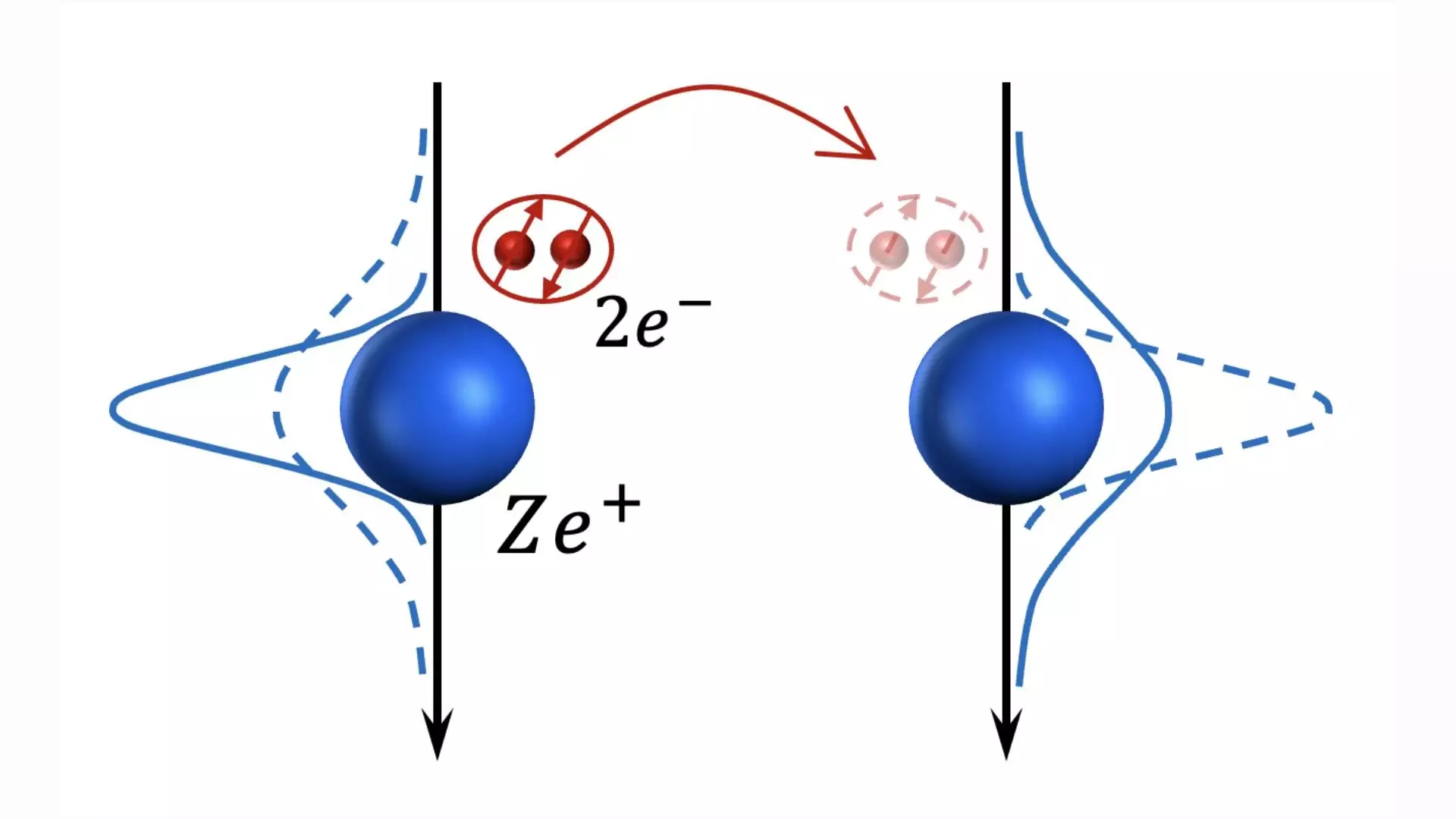Electron-phonon coupling plays a significant role in the phenomenon of superconductivity, where materials exhibit resistance-free electrical conductance. The interaction between electrons and vibrations in a lattice, known as phonons, is crucial for the formation of Cooper pairs. These pairs of electrons are bound together via attractive interactions and condense into a coherent state, leading to superconducting properties. While linear electron-phonon coupling is widely studied and understood, the potential of quadratic coupling remains unexplored.
In a recent study published in Physical Review Letters, researchers investigated the impact of quadratic electron-phonon coupling on superconductivity. Unlike linear coupling, where the interaction is proportional to phonon displacement, quadratic coupling involves an energy dependency on the square of the phonon displacement. The researchers, including Zhaoyu Han and Dr. Pavel Volkov, aimed to determine if materials with quadratic coupling could exhibit enhanced superconductivity compared to those with linear coupling.
While linear coupling is prevalent in most superconducting materials, it poses challenges in achieving high critical temperatures for superconductivity. The binding energy of Cooper pairs and the kinetic energy are constrained in both weak and strong coupling regimes, limiting the critical temperatures to below 30 Kelvin for conventional superconductors. The inefficiency in improving critical temperatures solely through increasing coupling strength led the researchers to explore alternative mechanisms such as quadratic coupling.
The Holstein model, a theoretical framework for electron-phonon interaction, was extended by the researchers to incorporate quadratic coupling. This modification allowed for the study of quantum fluctuations and zero-point energy in the formation of “quantum bipolarons.” Unlike linear coupling, where interactions are classical, the attractive interactions in quadratic coupling are purely quantum mechanical. The formation of quantum bipolarons enables superconductivity at higher critical temperatures due to increased mobility of the condensate.
The researchers emphasize the potential of quadratic coupling to enhance superconducting transition temperatures. By optimizing the coupling strength and utilizing specifically engineered superlattices for electrons, it may be possible to achieve higher critical temperatures. Experimental exploration of superlattice materials with large quadratic electron-phonon couplings is crucial to validating the theoretical predictions and advancing the understanding of superconductivity mechanisms.
The study sheds light on the promising role of quadratic electron-phonon coupling in enhancing superconductivity. By delving into the quantum nature of interactions and exploring alternative mechanisms beyond linear coupling, researchers aim to push the boundaries of superconducting materials and potentially achieve critical temperatures of up to 100 Kelvin. The pursuit of novel coupling mechanisms opens up avenues for groundbreaking discoveries in the field of superconductivity.


Leave a Reply